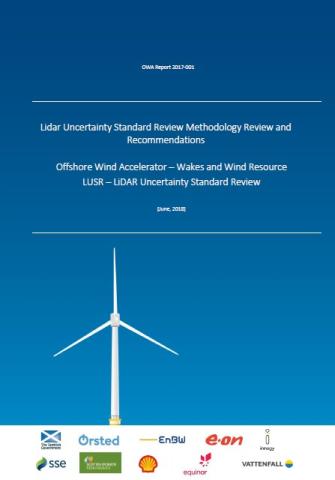Key findings
Following the revised methodology proposed in this report, substantial reductions in wind speed uncertainty have been demonstrated. The case where this makes the largest impact is the offshore case using floating lidar data, where an overall reduction in estimated uncertainty of approximately 6% was demonstrated. The main contributors to this are:
- A revised methodology, based on expected and realistic flow gradients across the site, to estimate uncertainty due to flow gradients between the floating lidar and the reference measurement during calibration.
- A revised methodology for calibration uncertainty.
- Careful selection of the implementation route for classification uncertainty; a detailed application of environmental variable sensitivity is preferred to the class number approach. Both are allowed in the standard; the class number approach is currently more likely to be applied as it is far simpler.
- A revised methodology, based on expected and realistic flow gradients across the site and a model for the effects of induction, to estimate uncertainty due to flow gradients between the floating lidar and the turbine during the power performance test.
- The assumption that uncertainty due to flow variation within the lidar’s control volume is negligible.


